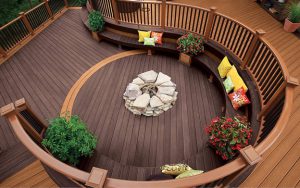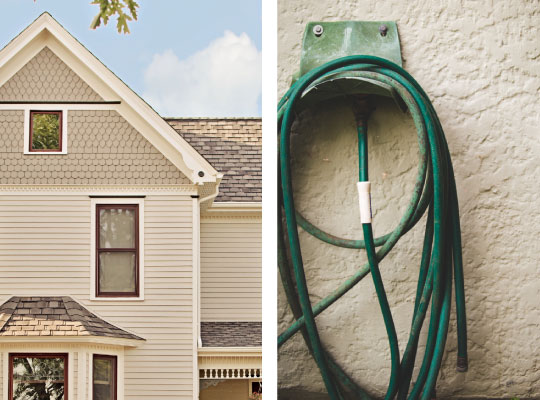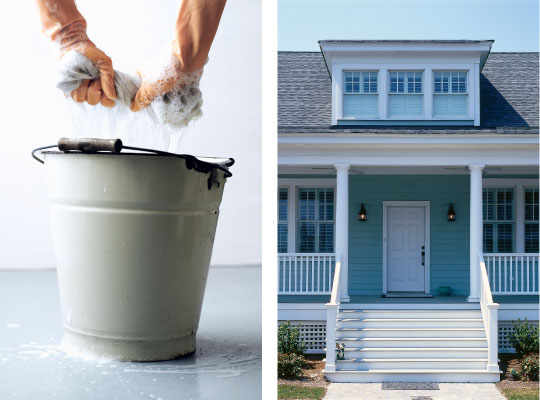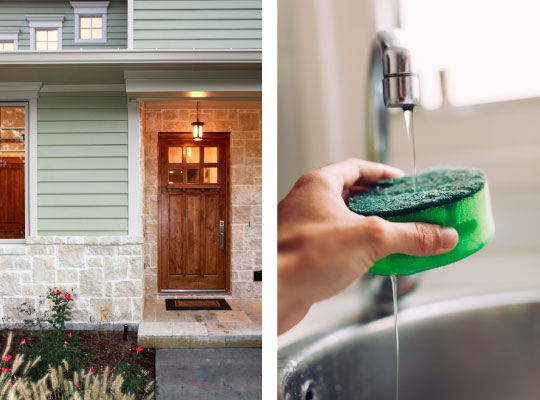When you move into a new home, one of the first things you’re supposed to do is change the locks. But what about when you’ve lived there for years?
Often, the door handles and deadbolts remain untouched for years because nobody notices them anymore. The finish starts to chip and flake and the handle looks worn, but it all fades into the door.
If you suspect your doors are long overdue for a refresh, we think you’ll be surprised by the beautiful hardware available today. It’s easy to add style to your entrance way without sacrificing function and security.
Here are a few things to keep in mind when you’re shopping for new door knobs, deadbolts and locks for your exterior doors…
The function
First and foremost, how do you want your home to be locked and unlocked? Do you like the classic look of a door handle and deadbolt? Or are you interested in a flashier, high-tech solution that doesn’t even require a key?
Weiser has Smartcode systems with electronic backlit touchpads that can be locked and unlocked by punching in a PIN. For added security, the Powerbolt system incorporates an extra-strong deadbolt. Their Kevo and Premis locks work with an app on your smartphone to digitally lock or unlock your home.
Even though these locks have ultra-modern technology, that doesn’t mean they look like something that belongs on a spaceship. They come in different designs and finishes to suit the style of your home.
The design
Once you’ve settled on the function, it’s time to decide on a design. Do you like elegantly swooping handles or classic round knobs? Do you prefer a chunky traditional handleset or a barely-there contemporary pull?
Consider the style of your home, of course, but also think about the accessibility needs of your family members now, and in the future. Certain handles are easier to use than others, particularly for wheelchair users.
The finish
This is decidedly the most fun decision when you’re investing in new hardware and deadbolts. There are a lot of different finishes (“Ooh, shiny brass! Classic black! What about a modern satin nickel?”) so it’s easy to get overwhelmed by the possibilities.
Think about the colour of your front door and how a potential finish will look against it. Antique brass or nickel hardware tend to be pretty timeless, but also not that exciting. Are you wanting to play it safe, or really make a statement?
Light-coloured doors — yellow, mint green, pale blue — look stunning with dark black or venetian bronze finishes. A deep, jewel-toned door — red, navy, purple, emerald green — will look even richer with bright brass hardware.
You might not realize how badly your home needed a new handleset until it’s installed and you stand back to take a look. We’re willing to bet it’s going to look so good, you’ll wonder why it took you so long.









